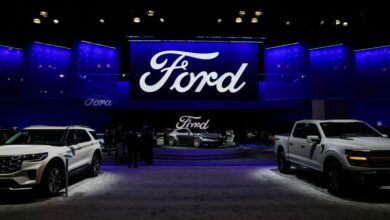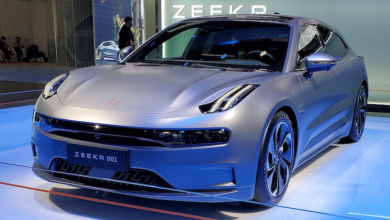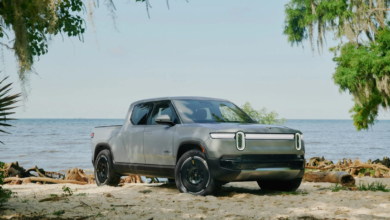A Guide to Owning an Electric Vehicle in New Jersey
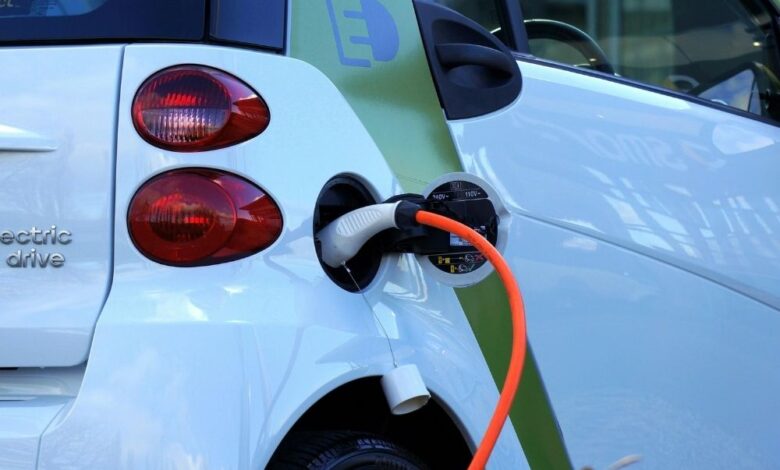
Lifestyle
New Jersey is leading the way in electric vehicle (EV) adoption on the East Coast. Governor Phil Murphy set a goal of registering 330,000 EVs in New Jersey by 2025, and there are several federally- and state-based financial incentives available for drivers to help get the state there. Read on to learn what EV drivers in NJ experience when they press the START button and silently drive off the sales lot.
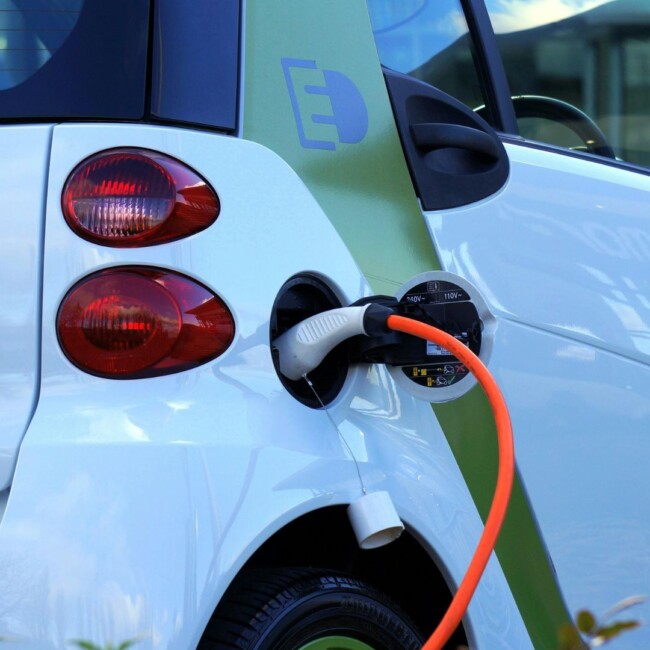
The Really Good Part
Electric vehicles are pretty much silent. That’s most obvious to the EV driver when walkers are crossing the road or ambling through a parking lot completely oblivious to the car right behind them.
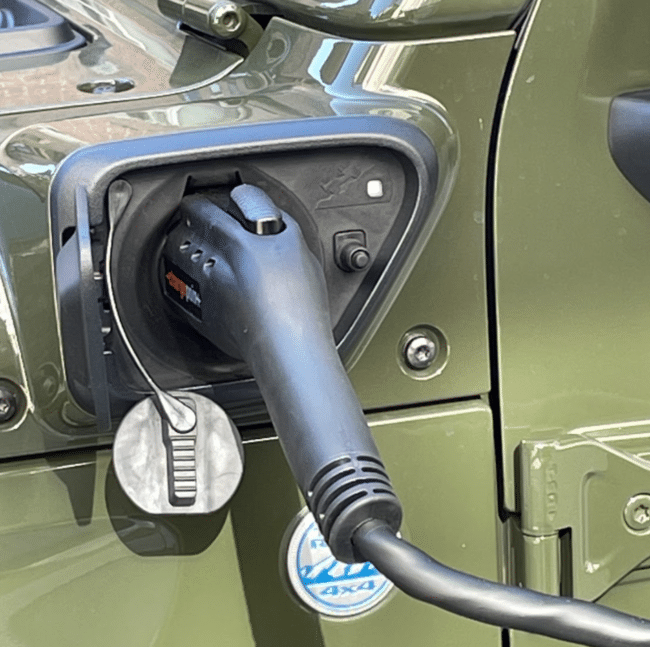
The lack of smell is another unexpected bonus of driving an EV. They emit no odor producing exhaust at all. That means that being stuck in massive knots of traffic doesn’t have to mean breathing up toxic fumes. The lack of sound or stink is so easy to get used to that a gas guzzler running its motor nearby becomes immediately noticeable.
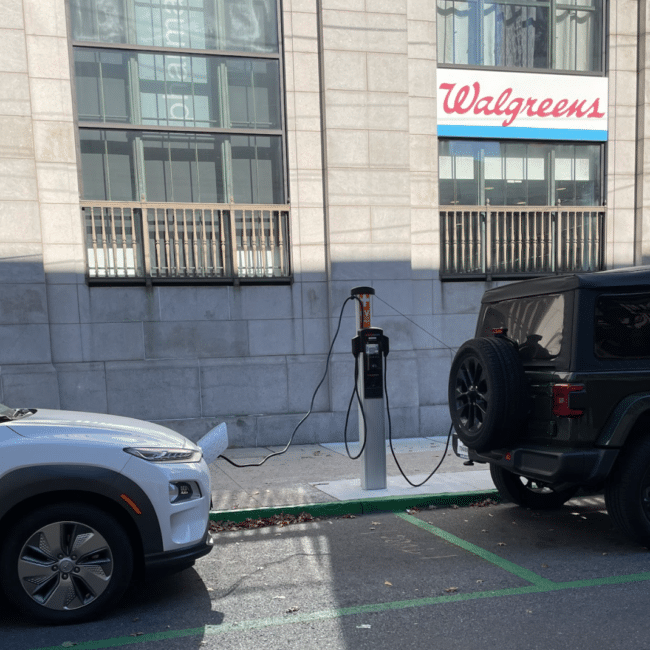
The quick start and immediate response from an EV are impressive and may take time to get used to. Some of the quickest-accelerating cars on the market are electric, accelerating from zero to 60MPH in less than five seconds. The car nerds out there know that gas-fueled engines have narrower horsepower and torque peaks than electric motors. The rest of us just know that our EVs are fast.
Read More: NYC’s Congestion Pricing Plan Passes: What It Means for New Jersey Residents
By the Numbers
Though EVs cost an average of $2,000 more than new gas-powered vehicles, federal tax credits of up to $7,500 easily make up for that. And electric car rebates in NJ can slice off up to $4,000 from the purchase price. Used cars may also qualify for a credit of up to $4,000.
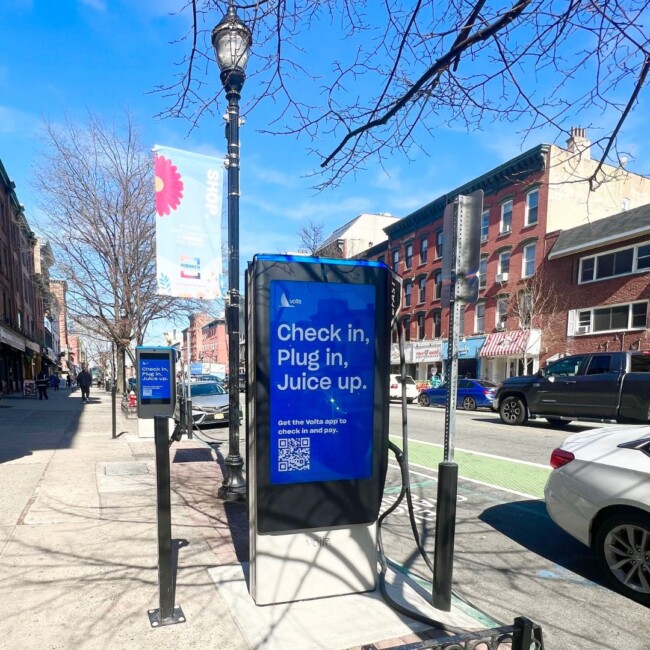
Those credits work like an instant rebate. Zero Emission Vehicles are exempt from the NJ state sales tax, so EV drivers save 6.625% on the sale, lease, or rental of a new or used EV. EV drivers can also receive reduced toll rates via the Green Pass Discount through their EZ Pass accounts with a 10% discount on the off-peak rate for the New Jersey Turnpike and Garden State Parkway.
Add to all that the money saved by powering up with electricity instead of gas and it’s little wonder that a record 1.2 million electric vehicles were sold in the US last year. Recent reports that the EV market is cooling have resulted in some automakers marking down prices, which might make the silent speedsters even more attractive to the savvy spender.
Green Dreams
The push to transition toward electric vehicles hinges on the fact that, because they do not emit waste products, they have a much lower carbon footprint than gasoline-powered cars. But lower doesn’t mean zero and the batteries that supply energy to the vehicle use lithium and cobalt, which have an impact on climate change and require mines that have harmful environmental and health impacts in the global south where they exist. Smaller EV batteries use less lithium, making the smaller electric vehicles the better choice for those looking to have a more positive personal impact on the health of the planet and all its people.
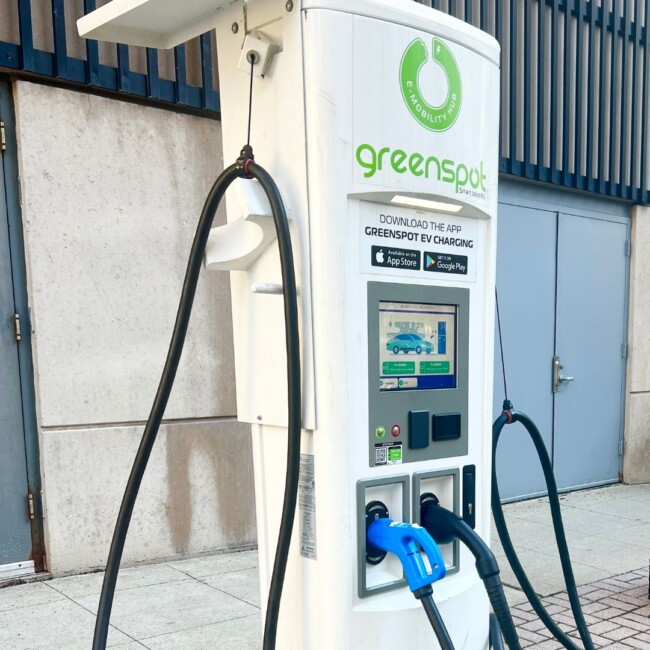
An EV owner is often likely to consider their vehicle a necessity for getting to places that aren’t easily accessible by mass public transportation. The environmental awareness that pushes EV owners to buy their greener cars is likely to push them toward supporting investment in better and expanded mass transit options throughout the state. Successful departure from fossil fuel consumption won’t hinge on trying to put every individual in a private EV car, but by making mass transit enticing and easy. All the green options have to be made more appealing than the smog-producing ones for the kind of changes Governor Murphy predicts.
Plug-in Hybrid Happiness
All electric isn’t the only option for cleaner driving. Those Federal and State of New Jersey incentives are also available for hybrid plugins that meet the emissions criteria.
Toyota’s Prius Prime has earned a title as the all-time greenest car year after year thanks to the efficiency that comes from its size and weight. Of course, that great eco-status only holds if the driver plugs their Prius in. Because it is possible to drive the hybrid at length and at full speed without charging, the impetus to charge it up is not as strong as it has to be when there is no other option.
Vegan Swedish Meatballs + a Charge
Where to charge is the conversation that comes up most when chatting with EV drivers. The Hoboken Girl talked to quite a few EV owners who view finding free places to charge as a challenge to win. Free charge stations can be found in some shopping center parking lots, university campuses, hotels, casinos, and train stations — we see you Glen Rock! — National Parks, car dealerships, and workplace lots. The cost of using charge stations that are not free is still less than what it costs to fill up a conventional vehicle at the gas station. PlugShare and ChargePoint are the most popular apps for finding an available charge spot on the go. Google Maps, Apple Maps, and most other navigation apps have a settings feature that allows users to add specific EV specs into the user’s profile so that compatible chargers are identified.
Cost aside, EV drivers — especially those with the smallest greenest batteries — do experience range anxiety. Ikea won the award for offering more car charging stations than any other US retailer, however, charging while shopping locations for other businesses are not as easy to find as EV drivers would like. And while the charging infrastructure in New Jersey is better developed than in many states, it’s not growing as fast as the number of EV owners. Finding a charge spot in every commercial lot should become more common in coming years since retail businesses can apply for federal benefits covering up to $100,000 of the cost of installing charging stations at their locations.
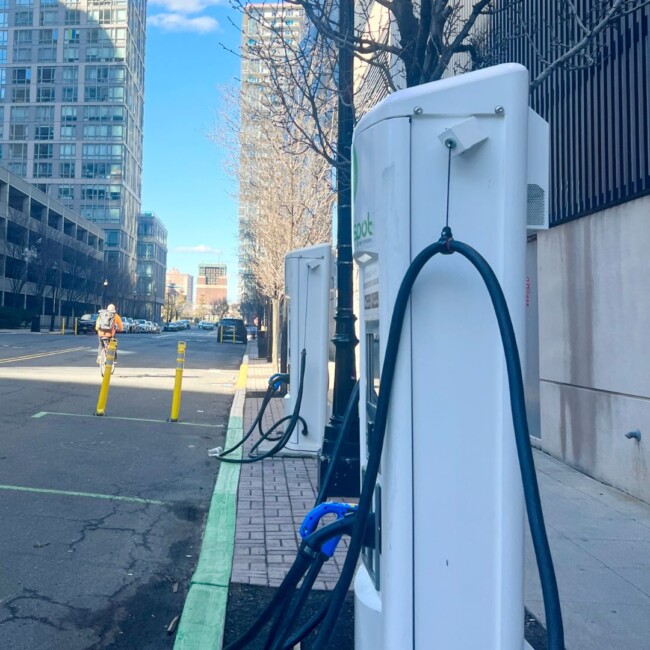
There are other annoyances unique to EV ownership. All vehicles perform less efficiently in the cold, but for EV owners cold snaps can be a real drag. It is unfortunately true that extremely cold weather can zap the charge on an EV battery, cutting the drive range by as much as 50%. Unexpectedly dead batteries can leave drivers stranded and needing a tow. However horrible that might be, it’s not a necessary outcome of EV ownership. Planning ahead to charge more frequently and bundling up so as not to waste charge turning on the heat will ensure against catastrophe.
See More: Moving to Montclair? Here is Everything You Need to Know
Look to the UK
It’s possible, given recent studies reporting the impact of pollution particulates on child development and every stage of life, that states like New Jersey might enact similar laws as the UK has done to create ultra-low emission zones. The European Union began to set emissions limits in 1992 and those standards have become stricter each year. Car manufacturers met the challenge set by these strict regulations on NOx and CO2 with fully electric vehicles.
In the UK, the low emissions threshold resulted in an expansion of what is known as London’s Ultra Low Emission Zone, or ULEZ, for short. Those emissions limits do what they were intended to do. The program has significantly lowered pollution in the area and improved the air quality. What began as a program regulating only large vehicles like buses and trucks is now pushing individual auto owners in the London area to buy fully electric vehicles.
Our 2023 summer days of orange skies from Canadian wildfires might have pushed some in our region to up their green game, leading to a possible push for not just incentives for cleaner cars but future regulations on where fossil fuel-burning smog makers can be driven.
For more information on electric vehicles in Hoboken and Jersey City, we have a guide here for all things noting charging stations, their locations, and pricing.






